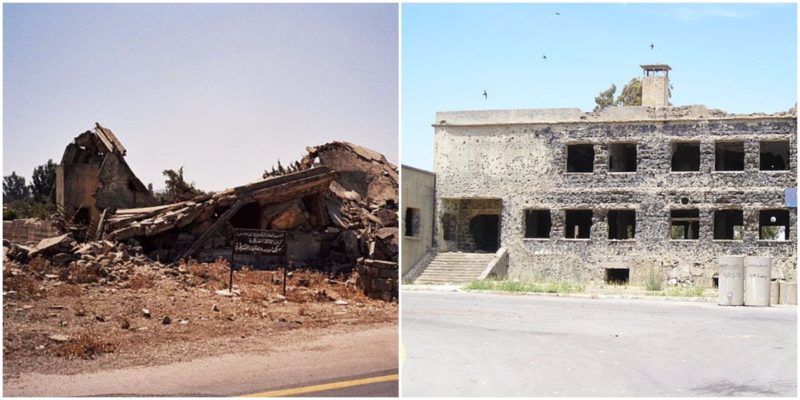The regions and cities which are positioned on important crossroads that connect two or more continents usually are blessed and cursed at the same time. The positive thing is that throughout history, these regions became centers where people from distant places came to sell or exchange their goods.
The fusion of the many civilizations and nations that passed or permanently stayed can be seen in the combination of different styles in the architecture sensed in the captivating aroma of the characteristic mixed cuisine and heard in the richness of the people’s language and music.

But, unfortunately, such regions and cities were also often shaped by devastating wars. The downside of regions placed on crucial crossroads is that they are also categorized as important spots on the maps of some politicians and generals.
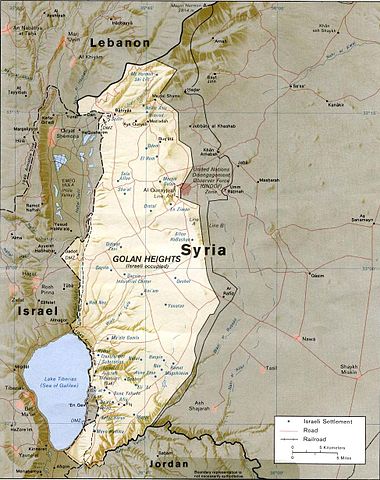
Quneitra is the deserted capital of the Quneitra region in the southwest part of Syria. Its name in the Arabic language means “the little bridge.” It is located in a valley high in the Golan Heights, and indeed, Quneitra is a symbolic bridge between Europe, Africa, and Asia. This position brought joy for its inhabitants in the past, but also many wars too.
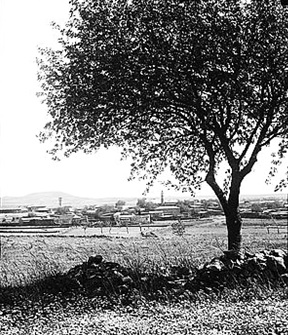
Quneitra was once a rich and a flourishing city, but today it is destroyed. The smell of the spices and other oriental goods was replaced with ashes and demolished buildings. The latest news from there informs that the ghost town of Quneitra is still in the center of intensive war actions between the Syrian opposition and the Syrian Army. The neighbors of Syria also have a big interest in the region of Quneitra, and sometimes they have even intervened to protect their military interests.
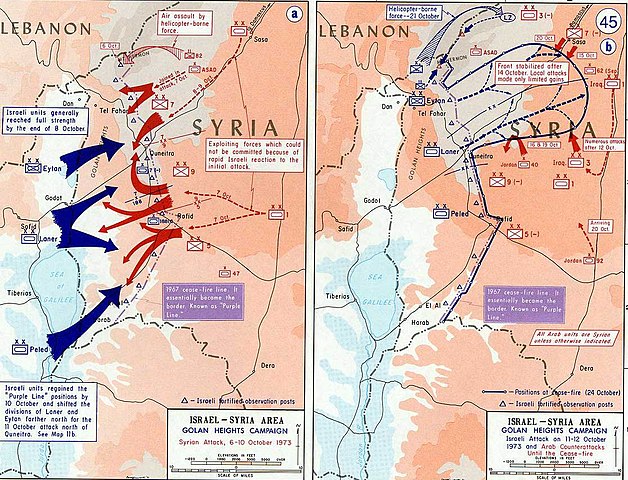
The area has been inhabited since ancient times. Archaeological discoveries show that the first structures in Quneitra were erected at the beginning of 11th century. In the following centuries the settlement was abandoned, but in 1873, during the governance of the Ottoman Empire in the region, the authorities decided to build a stopping place on the caravan way to Damascus. Quneitra was born again. Caravans load with many exotic products from all parts of the large Turkish Empire rested in Quneitra. The city was day and night influenced and shaped by many cultures and different traditions. Very soon the little settlement developed into a significant garrison town with nearly 20,000 inhabitants.
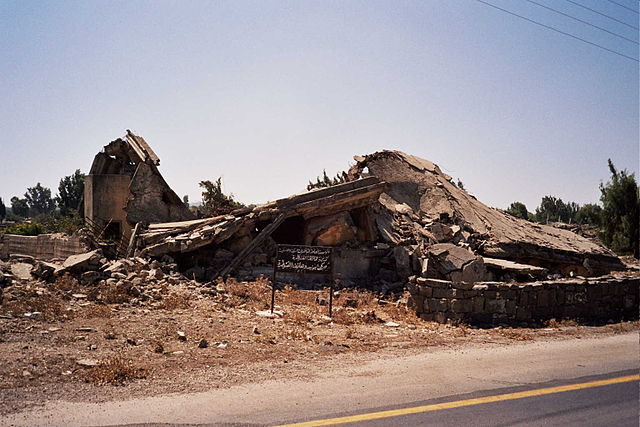
In 1946 it entered in the new Syrian Republic and in 1964 because it was the largest city in the region, it was formally declared the capital of the Syrian Quneitra Governorate. During the Six Day War of 1967 Israeli forces took possession of the Golan Heights and Quneitra. In the Arab-Israeli War (Yom Kippur War) in October 1973 the Syrian Army for a while took back the control, but Israel quickly fought back, and the city became again under their domination. During these wars, the city wasn’t abandoned nor destroyed, although parts of it were heavily damaged.
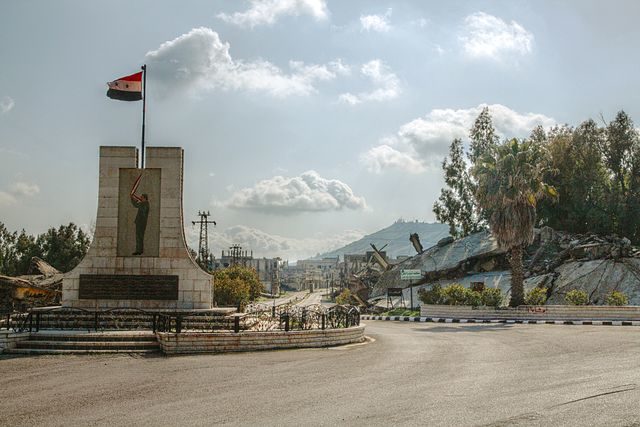
In 1974 Israel decided to leave Quneitra. First, they moved the inhabitants to safe zones and after that, Israeli soldiers strategically and systematically razed the important buildings to slow down the movement of the enemy armies. Later the Syrian authorities decided not to reconstruct the ruined city. It became demilitarized zone and top issue in the diplomatic and propaganda war between Syria and Israel.
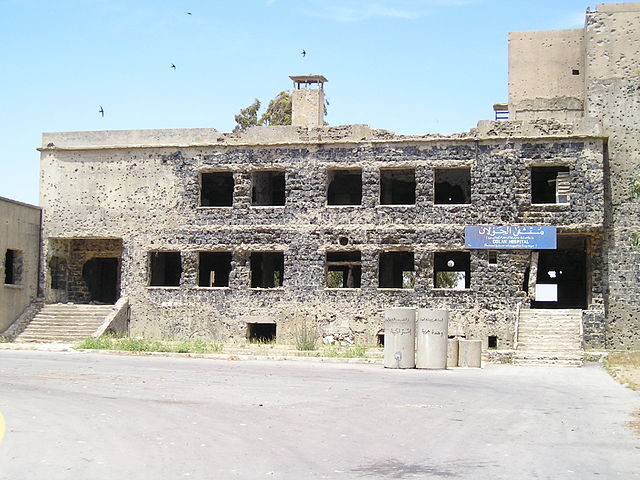
Before the start of the Syrian Civil War, a few families continued to live in miserable and substandard conditions in the center of the devastated city. Nearly 4,000 more people were registered in the suburbs. Their life was under constant danger because there were minefields everywhere. During the Syrian Civil War, Quneitra was captured by the Syrian opposition, and it became the center of several battles and urban combat between the rebels and the Syrian Army. People were killed on the both sides. The remaining citizens escaped in various direction. Temporarily there is a suspension of the fighting, but who knows what will happen in future. The situation in the region is still chaotic and status quo. The ruins of Quneitra are here for sure, and probably the ruined city will become more ruined. No one expects the city to be reborn soon, because the conflict in Syria is far from its end.
